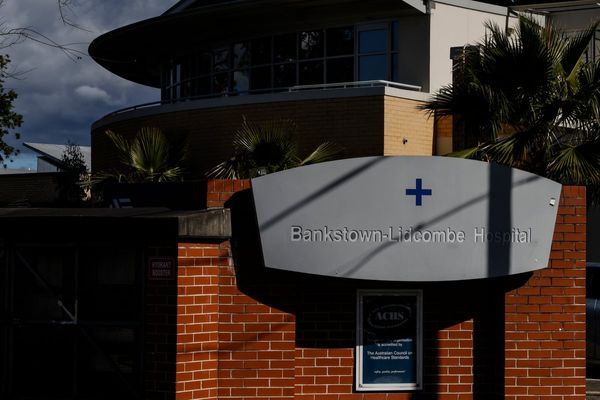Many economists see a good chance that a recession will occur in the next 15 months, so it’s no surprise that the Average Joe is worried too.
A total of 69% of Americans are concerned about the possibility of a recession before the end of next year, according to a July survey by personal finance website Bankrate.com.
In an ominous sign, 41% of Americans say they are unprepared to handle such an event. And 31% of that cohort is doing nothing to prepare.
On the bright side, 74% of Americans say they are actively taking steps to prepare for an economic downturn.
A total of 47% of Americans say they’re cutting discretionary spending, 35% are saving more for emergencies, 30% are paying down credit card debt, 24% are seeking additional/stable
Income and 19% are saving more for retirement.
Inflation Still an Issue
With consumer prices having soared 8.3% in the 12 months through August, inflation remains a concern. A total of 51% of respondents expect inflation will be higher a year from now.
As for the impact of inflation, Doxo, a bill-payment-management service, fleshed out statistics for bill payment across the country. It looked at the 50 biggest cities by number of households.
And it tallied bills for the 10 most common categories, including mortgage payments, rent, auto loans, utilities, auto insurance, cell phones, health insurance, cable and Internet, life insurance and alarms/security.
The average combined monthly cost for U.S. household bills in these categories is $2,003 a month, or $24,032 per year.
The biggest monthly bill totals among the 50 cities were:
1. San Jose: $3,248
2. New York City: $3,059
3. Boston: $2,963
4. San Francisco: $2,946
5. San Diego: $2,689
6. Washington, D.C.: $2,686
7. Los Angeles: $2,672
8. Seattle: $2,572
9. Miami: $2,482
10. Austin: $2,447
Is Perception Worse Than Reality With Inflation?
Inflation may feel even worse than it actually is.
In July, Americans thought grocery-store inflation totaled an annual rate of 22.8%, according to a survey from dunnhumby, a data information service. But the government’s consumer price report showed “only” 13.1% inflation for food-at-home prices in the 12 months through July.
To be sure, consumers’ perceptions are just that. Unless shoppers compared receipts, they were just guessing as to exactly how much food prices were ascending.
When prices are climbing sharply, it’s not surprising that it might feel to consumers like prices are increasing even further than they really are.
In any case, a total of 18% of consumers surveyed said they aren’t getting enough food, and 31% of households have skipped or reduced the size of their meals in the last 12 months.
“While there are signs in parts of the economy that inflation may be dampening, that has not occurred yet for food,” said Grant Steadman, dunnhumby’s North America president.







